By Steve Kramer, VP Product, PayNearMe
Though many of us manage our bill payments quite smoothly, you might be surprised to learn that more than 50% of consumers say they’ve paid one or more of their bills late over the past 12 months, according to a PayNearMe survey. More than 60% of consumers in a separate PayNearMe survey say they have contacted customer service in the past year to help them overcome payment hurdles, which can drive up costs for billers.
One smart and affordable tool to solve many common payment issues and reduce the strain on customer service is personalized payment links. Such links allow payers to access their accounts with one click—no login information required. But before we talk about solutions, let’s look closer at the problem: who is struggling to pay and why.
What makes payments difficult?
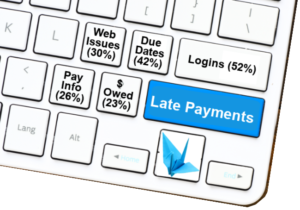
Regardless of age or income, most people make a late bill payment at some point. Maybe they go on vacation and miss the pay date. Or their card doesn’t go through, and they don’t notice until it’s too late.
However, the payment survey revealed that some groups fare worse than others. Younger payers, ages 18-44, had the highest rate of late payment, with 30% having missed more than four bill payments over the past 12 months. Payers ages 30-44 weren’t too far behind, at 25%.
Consumers say the most difficult issue they confront when paying their bills online is remembering their login information—this topped the list at 52% of respondents. Others had trouble keeping track of due dates (42%), navigating biller websites (30%), entering their card or payment information (26%) and keeping track of the amount owed (23%).
Not surprisingly, these same reasons cause some consumers to reach out to customer service without even attempting self-pay, while others make contact when they get frustrated in their attempts to self-pay. Fortunately, these scenarios can all be addressed using personalized payment links, especially if billers use planning and analysis to deploy them strategically.
Maximizing payment links through strategy and data
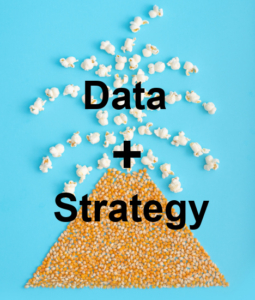
First, it’s helpful to understand how personalized payment links work. Generated by a payments technology provider, the links are embedded in payment reminders and sent to payers who opt to use their preferred method of communication: SMS text message, email, or push notification. Links can also be provided on the payment card in the customer’s digital wallet or as a QR code on paper bills.
Each personalized link takes the individual directly to their payment screen—no need to log in with a password. The payer can then enter the payment amount and complete the payment in a few clicks.
Personalized payment links remove the bill payment friction by eliminating the most common reasons people pay their bills late. Billers can maximize the effectiveness of this tool by following three best practices:
- Sell the idea to customers.
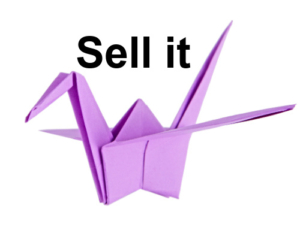
Because customers need to opt in to receive payment links, developing engagement messaging that explains the benefits of personalized payment links is critical. Remember to emphasize:
- Ease of use – One click or tap to get right to their payment screen; no logins or need to navigate the biller’s website.
- Flexibility – Can be sent via the user’s preferred communication method: text, email, paper bill or digital wallet.
- Comes with a reminder – Can be embedded into a payment reminder so they know when it’s time to pay.
- Security – Each link is unique to the payer, taking them directly into their payment flow, can only be used to make payment and all confidential information is hidden, so it’s completely secure.
You can also target engagement messages to specific customer groups, such as anyone who contacted customer service to pay or had a late payment in the past 12 months. For instance, you might email these customers that reference the behavior and walk them through the steps to sign up for personalized payment links. (e.g., “Leave late payments behind by signing up for automatic reminders with personalized links. One-click gets you right to your payment screen – no passwords required. Here’s how to get started.”)
- Incorporate smart links into the customer service workflow.

One of the biggest benefits of personalized payment links is that they conveniently enable self-service payments. But how do you convert a customer who is in the habit of calling customer service to pay their bills? The answer is to have the agent walk the customer through the process during the call. Here’s how that might work:
- When a customer calls to make a payment, the agent offers to send a personalized link by email or text message.
- The agent assures the customer they will stay on the line with them while they look for the message and click on the link. The link should be built directly into the workflow so the agent doesn’t have to jump from application to application, saving valuable service time.
- The agent talks the customer through the payment process using the link.
- The agent asks if they can sign the customer up for payment reminders that include this personalized link, enabling them to pay easily and independently without making a phone call.
By coaching how personalized payment links work, the agent removes intimidation and demonstrates how convenient and easy they are to use.
- Use data analysis to track and fine-tune link distribution.
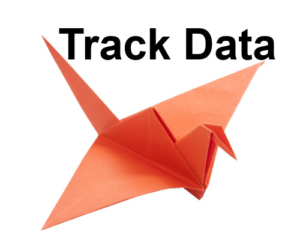
Do you have a payments technology provider skilled at providing helpful payment data and data analysis? If not, getting one needs to be on your list. Payment data will guide your messaging content and strategy around personalized payment links. For instance, it can tell you which types of messaging garnered the most clicks on the link, which dates and times worked best for sending links, and more. It’s also important to determine the effectiveness of those link clicks. The data should show conversion rates to help you determine your success rate so that you can be agile and adjust your strategy based on performance.
Review this data regularly and adjust your strategies to drive more on-time payments.
Don’t settle
If your payment technology provider doesn’t offer personalized payment links, you could miss out on a key opportunity to increase self-service payments. It might be time to consider the hard dollar and opportunity costs of your time spent servicing customers versus the cost of switching providers. In my experience, the PayNearMe clients that leverage personalized payment links experience reduced call volume, and when good paying customers can self-serve, call center agents can focus on more complex issues and customers who need more individualized attention. In fact, one client, Superior Car Credit, saw a 32% drop in inbound call volume.
Don’t settle for the status quo regarding late or agent-assisted payment. Your customers will thank you for giving them a helpful way to overcome payment obstacles and pay easily, independently and on time.
About the Author

Steve Kramer is the Vice President of Product at PayNearMe, where he leads the product development team. With more than 25 years of payments and product experience, Steve ensures PayNearMe’s solutions lead the market by reducing consumer friction and offering the widest range of payment options and channels, all while staying focused on security and reliability to ensure clients collect every payment, every time.
Recent PaymentsNEXT news:
Payment decline trends in consumer subscriptions: Strategies to retain customers

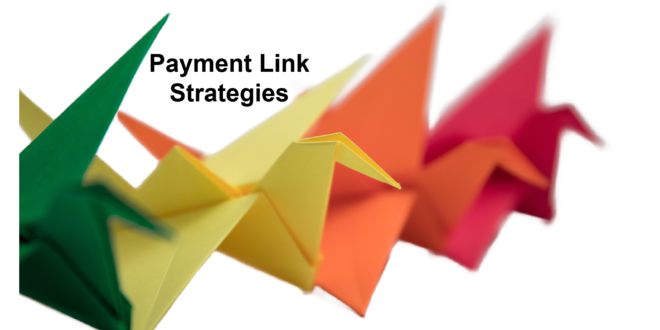






LET’S CONNECT